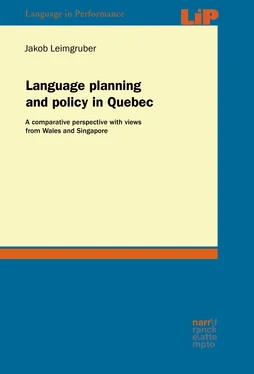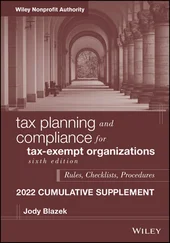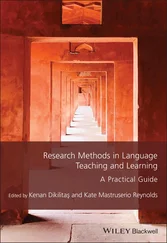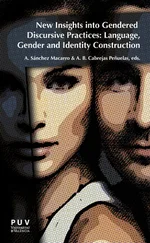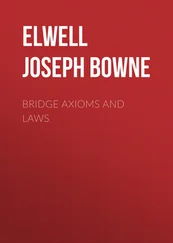Chapter V mandates that ‘semipublic agencies’ (i.e. public utilities, Crown corporations, etc.) must offer services and work in French. Chapter VI addresses ‘The language of labour relations’, where, essentially, communications between employers and employees are concerned. All such communication must be carried out in French. Chapter VII ‘The language of commerce and business’ goes into quite some detail: information on commercial packaging has to be in French (s 51), the same applies to catalogues, brochures, etc. (s 52). Software has to be available in French (s 52.1). ‘Toys and games […] which require the use of a non-French vocabulary for their operation are prohibited from the Québec market, unless a French version of the toy or game is available […] on no less favourable terms’ (s 54). Section 58 contains legislation on the linguistic landscape, which will be discussed in more detail in this book’s section 5.2. Names of enterprises need to be in French (s 63), except for family and place names, artificial combinations of letters, syllables, etc. and ‘expressions taken from other languages’ (s 67).3
The language of instruction is regulated in Chapter VIII. Kindergarten, elementary, and secondary education shall be in French (s 72). Section 73 lists the children whose parents may apply for them to receive public instruction in English: children with at least one parent, who is a Canadian citizen, and who has received the majority of their education in English in Canada (s 73(1)), and brothers and sisters of such a child (s 72(2)). Loopholes were closed in 2010 when section 78.2 was passed, prohibiting the operation of ‘a private educational institution principally for the purpose of making children eligible for instruction in English who would otherwise not be admitted to a school of an English school board’. Exceptions are made for children staying in Quebec temporarily (s 85) and for aboriginal languages (s 87). In Chapter VIII.1 college and university-level instruction is addressed, with institutions required to formulate a French language policy on use and quality of the language.
The second title of the Charter, ‘Linguistic officialisation, toponymy, and francisation’ contains several provisions that have been repealed, most in connection with officialisation. Chapter III establishes the Commission de toponymie, which is put in charge of officialising and francising toponymy in the province. Chapter IV deals with the francisation of the civil administration, and Chapter V with the francisation of enterprises: ‘enterprises employing 100 or more persons must form a francisation committee composed of six or more persons’ (s 136). Enterprises with 50 or more employees must merely register with the Office québécois de la langue française (s 139). All enterprises shall assess the linguistic situation in their company, undertake steps to implement and promote French language use, and inform the OQLF of their measures. The Office then considers the enterprise’s linguistic situation, and if ‘the use of French is generalised at all levels of the enterprise’ (s 140), it issues a francisation certificate. This certifies that French is known among the management (s 141(1)) and among a large part of the workforce (s 141(2)), that French is the company’s working language (s 141(3)), that all internal (s 141(4)) and external (s 141(5)) communication and documents are in French, that French terminology is adhered to (s 141(6)), and that French is used in signage and advertising (s 141(7)), in hiring and promotion processes (s 141(8)), and in information technologies (s 141(9)), such as e.g. in the form of computer keyboards with French layout. Penalties for failing to comply with francisation are in place (s 151.1).
Chapter I of Title III establishes the ‘Office québécois de la langue française’ (OQLF), Chapter II sets out its mission and powers, primarily to ‘define and conduct Québec policy on linguistic officialisation, terminology and francisation’ (s 159), monitoring of the linguistic situation and reporting (s 160), ensure that ‘French is the normal and everyday language of work, communication, commerce and business’ and to ‘take any appropriate measure to promote French’ (s 161). Chapter II.1 legislates its organisation, with one president, one director general, and six members; further, a Comité d’officialisation linguistique and a Comité de suivi de la situation linguistique are established. Title III.1 ‘Inspection and inquiries’ enables the Office to ‘act on its own initiative or following the filing of a complaint’ (s 167).
Title IV establishes the ‘Conseil supérieur de la langue française’ (CSLF), whose mission it is to advise ‘on any matter relating to the French language in Québec’ (s 187). It is therefore separate from the OQLF, whose mission is more executive in nature, whereas the CSLF acts at the higher levels of government language policy.
Finally, Title V lists ‘penal provisions and other sanctions’, with fines ranging from $ 600 to $ 6000 for natural persons and from $ 1500 to $ 20000 for legal persons, with subsequent offences doubling these amounts (s 205). Title VI contains transitional and miscellaneous provisions.
This overview of the content of ‘Bill 101’ shows its present-day form. Since its passing in 1977, the Charter has been amended multiple times (see e.g. the historical overview in Kallenborn 2015, 20–21), also with respect to the signage provisions in section 58: the original 1977 rule that only French was allowed was fiercely opposed and struck down by the provincial and federal supreme courts. As a result, the government passed Bill 178 in 1988, modifying section 58 to take into account the size of the company involved. Crucially, it justified the upholding of restrictions with the ‘notwithstanding clause’, i.e., by deliberately excluding these provisions of the Charter from the Canadian Charter of Rights and Freedoms. A 1983 amendment already allowed the use of other languages in shops specifically serving a particular ethnic group (Bourhis and Landry, 2002, 108). In 1993, Bill 86 allowed for other languages to appear alongside French as long as French was ‘markedly predominant’ (Bourhis and Landry, 2002). The same bill also gave access to the English education system to children whose parents had been educated in English in Canada (the ‘Canada clause’, as opposed to the 1977 provision (‘Quebec clause’), where parents had to have had English education in Quebec). In 2000, municipalities that wanted to register as bilingual needed 50 % of their residents to have English as their mother tongue (with Allophones now excluded from the count).
The Charter of the French language is, therefore, constantly discussed and proposals for changes are regularly put forward. In 2012, a proposed ‘Bill 14’ would have lifted municipalities’ bilingual status if the number of Anglophone residents drops below 50 %, francisation would have been extended to companies with 26 or more employees (currently 50), and access restrictions to the English school system would have been extended beyond secondary schools to cégeps (collège d’enseignement général et professionnel). This project was ultimately abandoned after the 2014 election, which the Parti Québécois lost.
2.3.2 The effects of the Charter of the French language
The societal changes brought about by the Quiet Revolution were sweeping. Beside the general secularisation and a growing nationalism (also implemented economically, e.g. through the nationalisation of public utilities companies), the legal provisions of the Charter of the French language had its effects at several levels: for the Francophones themselves, it ensured a revaluation of their mother tongue; for the Anglophones, it meant a new linguistic order, placing (at least in the province) their mother tongue in an officially subordinate position; perhaps most crucially, for the Allophones, it meant a gradual shift of target language towards French rather than English.
Читать дальше
